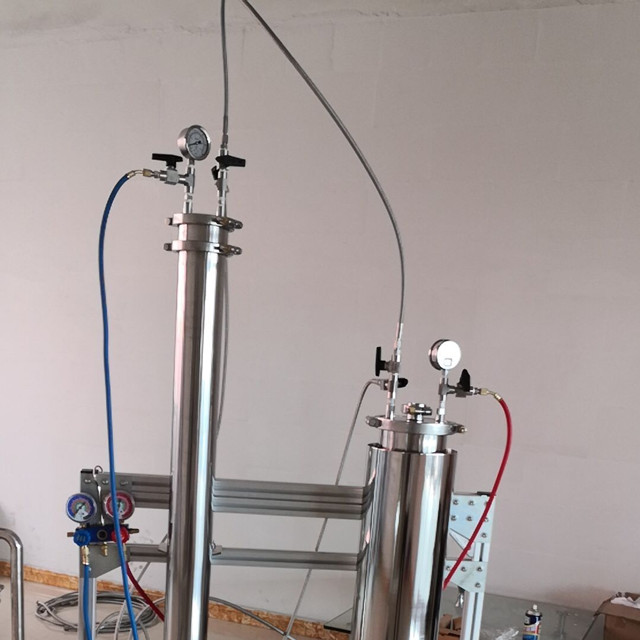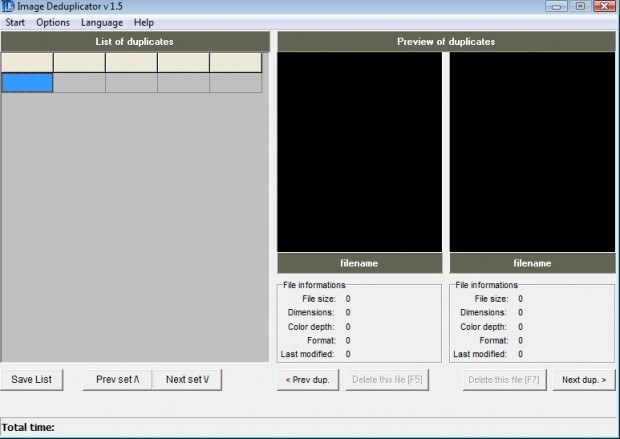
This is because processing always refers to the original/primary document and the original text stored in the database. This means that if you discover the same file twice and you change any settings on the profile, or select a different profile, between the two discovery jobs, Relativity will not re-extract the text from that file unless there was an extraction error. Note: Relativity doesn't re-extract text for a re-discovered file unless an extraction error occurred. If you have an existing processing set that you haven't started that refers to a profile that you deleted after associating it to the set, you must associate a new profile with the set before you can start that processing job. For example, if you delete a profile during discovery, you won't be able to publish those discovered files until you add a new profile to the set. If you delete a profile that is associated with a processing set you've already started, the in-progress processing phase will continue with the original profile settings you applied when you submitted the job, but you won't be able to proceed to the next phase. Note: You can't delete the Default processing profile. For more information, see Processing sets. Once you save the processing profile, you can associate it with a processing set.

To do this, you simply create a new profile with those specifications and select that profile when creating the processing set that you want to use to bring the data into Relativity.

You have to create a new processing profile for this because none of the profiles in the workspace have specified to exclude embedded images or objects when extracting children from a data set. You're a litigation support specialist, and your firm has requested you to bring a custodian's data into Relativity without bringing in any embedded Microsoft office objects or images.


 0 kommentar(er)
0 kommentar(er)
